How to draw portraits effectively
We have all at some stage or another tried our hand at drawing a portrait of someone. The big problems we often face are the proportions and shape and we find little things like the eyes are too narrow, lips are too high etc. Here I show you an effective method of using triangle shapes to get the proportions just right. Not to be confused with triangulation methods for other types of drawing, this approach uses triangles to measure proportions and conforms to the actual face dimensions that you are drawing. It will help you get the proportions right from one drawing to another.
Before I show you the validity of this method, lets examine some common characteristics of faces. I have randomly selected 6 faces for this example and have cropped and resized the image to show the face only. If you draw lines along the points on the face shown, you will see that there is an uncanny resemblance to all of the faces.

Referring to Fig 1, the first white marks represent the lines going from the pupils of the eyes and then with the apex to the center of the lips. The blue mark shows a vertical line where the mark appears and the bottom of the nose as shown. The red triangle are the marks that stretch from the right outer edges of the face but in line with the white line and the meeting at the lowest point in the middle of the chin.
Surprisingly enough the features are almost similar to all the images of the faces gathered for this experiment.
The next sets of five faces (Fig. 2) with the lines drawn in a similar manner are also revealed. One can deduce that the shape of the triangulation are indeed very similar and in proportion to all of the random faces. This would make the drawing much easier than just by sight only.
Let’s put this into practice with the Paintology app.
Here we have loaded a random face as the reference image into the Paintology canvas and then we go ahead and draw the triangles as shown in the method earlier. We draw the triangles on our drawing canvas over the traced image and can check that it is the same as the ‘common’ shapes derived earlier. We can then remove this and place points for the eyes, temple, center of lips, point just below nose. The reason for this exercise is to get used to seeing the triangulations of the face. In this way, after you have become more accustomed to this habit, you will feel more comfortable in drawing freehand without any reference to traced images.

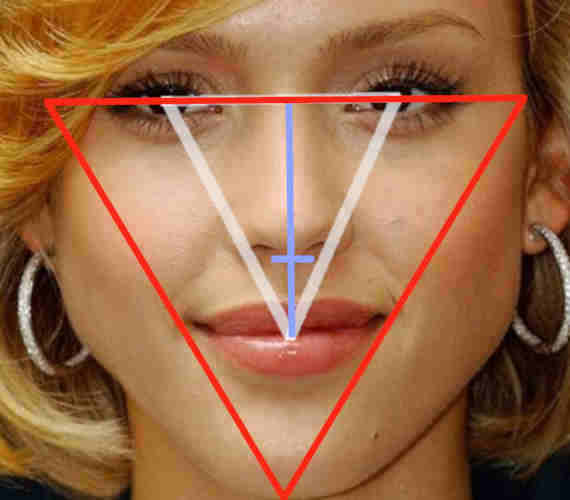


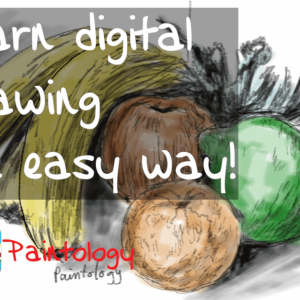
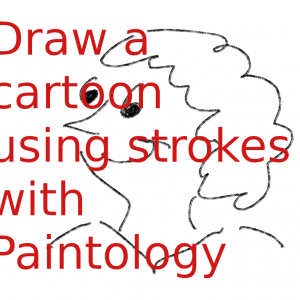
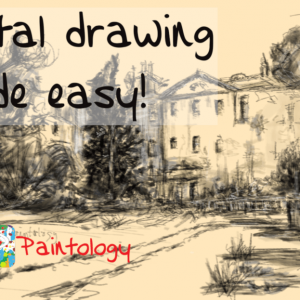
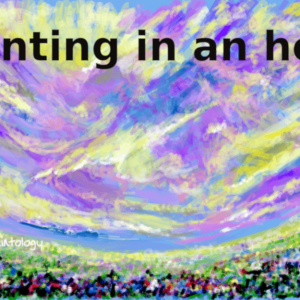

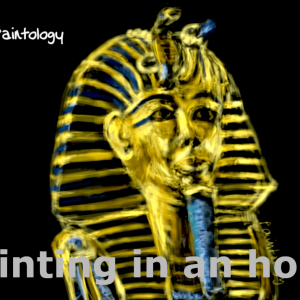
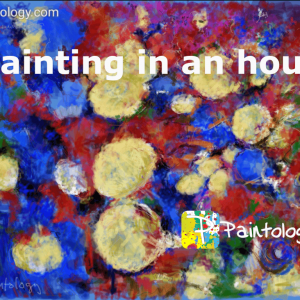
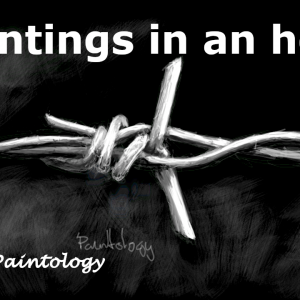



 Digital Canvas
Digital Canvas